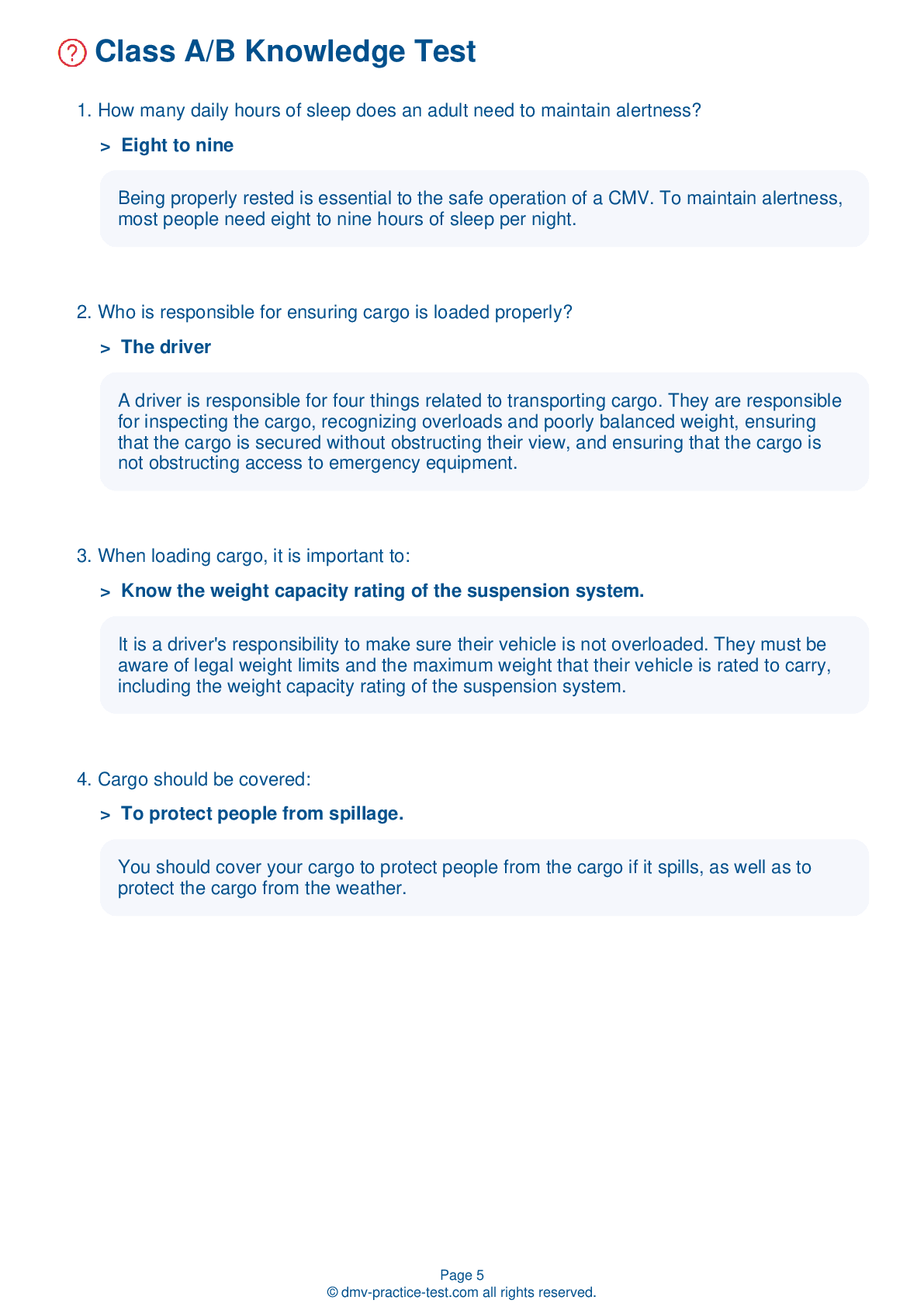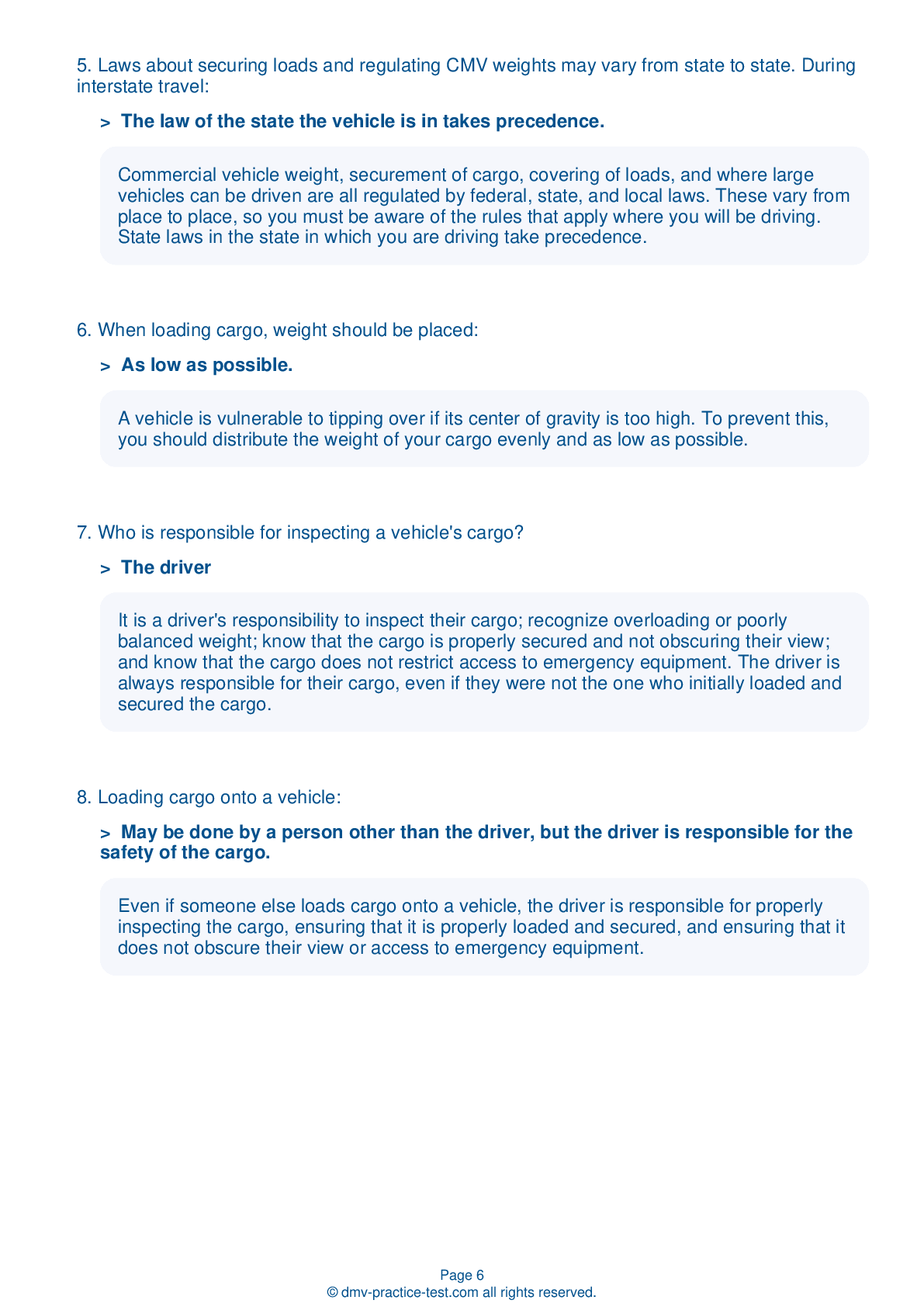Bus Driver Testing | Connecticut 2025 #1 Page 3 of 3
Train for FREE online with our CT bus CDL test. The official exam test consists of several obligatory parts, with all of them checking your knowledge of different blocks of road rules. If you need to obtain a license in Connecticut in 2025, learn how to become a bus driver and then practice as much as possible. Free sample tests published on our website will help you check and improve your knowledge and boost your grades. Please bear in mind that DMV requirements for a bus driver may vary from state to state.
15 . A bus driver approaching a bus stop should stop at least 10 feet away from waiting students because:
At a stop, a school bus should be stopped with the front bumper at least 10 feet away from the students. This forces the students to walk toward the bus, allowing the driver to keep an eye on their movements.
16 . If you are stopped at a railroad crossing while operating a school bus, you should:
When stopped at a railroad crossing while operating a school bus, do not rely only on signals to tell you if a train is approaching. You should silence all passengers, open the front door, and look and listen for trains. After a train has passed, you should check for another train approaching from either direction before you proceed across the tracks.
17 . When should you inspect the mirrors on a bus?
The mirrors of a bus should always be inspected before a trip. Adjust them as necessary before beginning to drive.
18 . The overhead inside rearview mirror should be positioned to show:
The top portion of the overhead inside rearview mirror should be positioned to display the top of the bus's rear window. This mirror positioning should allow the driver to see all of the students on the bus, including the heads of the students sitting immediately behind the driver.
19 . When entering traffic on an expressway during the skills test, you should:
During the on-road driving skills test, you may be asked to enter an expressway. Before doing so, you must check traffic, use proper signals, and merge smoothly into the proper lane.
20 . The drive shaft should:
During the vehicle inspection test, you should check that the drive shaft is not bent or cracked.
See the exact questions that will be on the 2025 Connecticut DMV exam.
99.2% of people who use the cheat sheet pass the FIRST TIME
Lillian MCcranie explains how our CDL study guide was helpful in passing the exam and recommends it to everyone.
Cameron tells us how he purchased the CDL exam, and found it to be a useful tool which helped him pass the exam and find a job.



